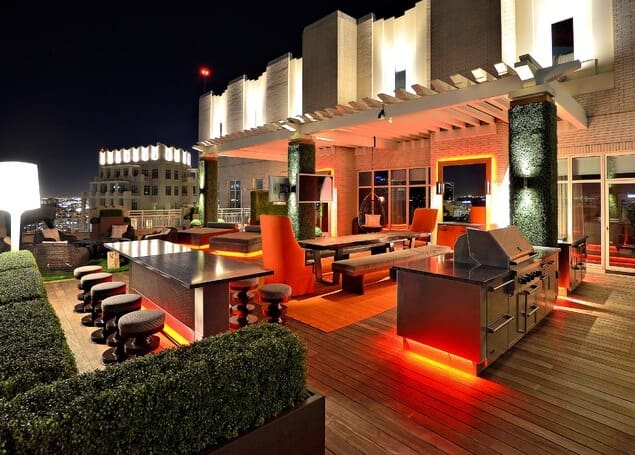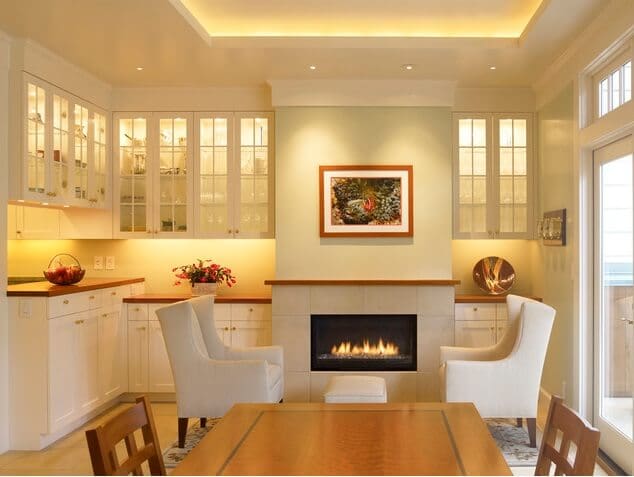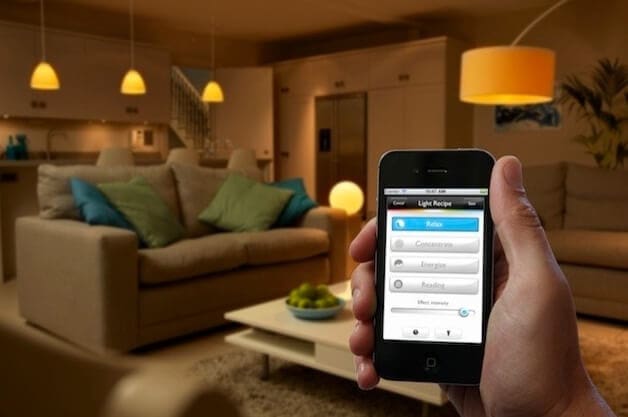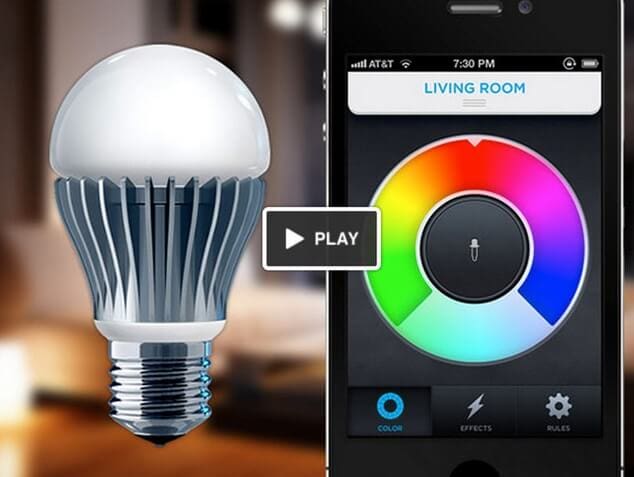Nowadays LED light bulbs seems to be the most innovative in the lighting industry, revolutionizing the way lighting was done and according to management consultant firm McKinsay&Company, LED lighting will permanently replace the regular bulbs we use today by the year of 2015. How important may be this new discovery in this field since recent studies shows the light can affect eyestrain, productivity and mood?

Photo © Lewis Aquatech
Unlike traditional filament and fluorescent based light sources, that come in one color and one brightness level, these new smart bulbs use the light-emitting diodes technology which promises to give you any color you desire, at any brightness and at any time you want. And all of these with a cell phone command. Fantastic, isn’t it?
It couldn’t be a much better alternative to the current generation of long-life tube bulbs and it’s definitely a major break through in the history of mankind. With the rise in energy costs, LEDs can save up to 90% on the cost of lighting in our homes and also help us in our efforts at green living by reducing the carbon footprint. As we all know, LEDs were commonly used as indicators in electronic appliances until these days, when they are truly versatile, being used in televisions, cars, photography, torches, illuminating building exteriors and general purpose lighting.

Photo © Harold Leidner Landscape Architects

Photo © Gast Architects
Today squiggly tube bulbs serve better and last a long time, but their color can be cold and harsh, creating discomfort sometimes when we don’t want lighting our home with such intensity. If the regular types of lighting convert the electricity into light through the use of filament (halogen, incandescent), gas (neon, fluorescent) or plasma (arc lamps), LED bulbs emits light from a solid object which is otherwise known as SSL (Solid State Lighting), making them one of the best ways to light our homes. Thus, while a filament typically lasts for up to 50,000 hours and fails abruptly, the semiconductor inside the LED bulbs degrades at a much lower rate and fades away slowly over time, lasting for decades.

Photo © Apple
The basic advantages of using LED lights cannot be neglected: lower energy consumption, less radiated heat, longer life span, greater durability and versatility, more resistance to cold, shocks and vibrations, which makes them perfect for a large number of applications. Moreover, they are environmentaly friendly as they are known to contain no harmful chemicals like mercury, and emit no fumes while burning. The negligible amount of heat LEDs produce, makes them reliable to use for the growth of indoor plants as well. They are much safer to touch even when lit, as the bulbs are always cool. Besides these benefits we’ve listed above, perhaps the most attractive thing about smart bulbs is that software companies seek to make all kinds of applications to control them.
For instance, one is already available in the Apple store and it’s called the Philips Hue LED three-bulb starter pack. It comes with three bulbs, an Ethernet cable to connect the bulbs to the network and a base station. Once the app is launched, one of its feature detects the bulbs that are already plugged in, and you can pair them as you do with your Bluetooth headset. Then you are able to choose their brightness level, change their colors or set each one on a timer. Moreover, the selected bulb may change color randomly if you just shake the phone. Could you imagine other examples? We’re sure this is only the beginning and very soon we’ll have other fun apps, because when it comes to apps anything is possible. With this ability to customize your lighting experience, it will dramatically improve our rooms’ appearance, our performance and last but not least, our lives.

Photo © Kickstarter




1 Comment